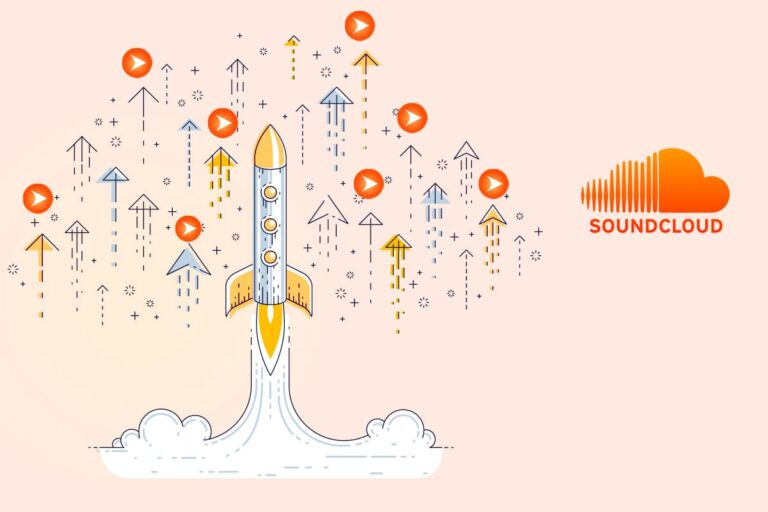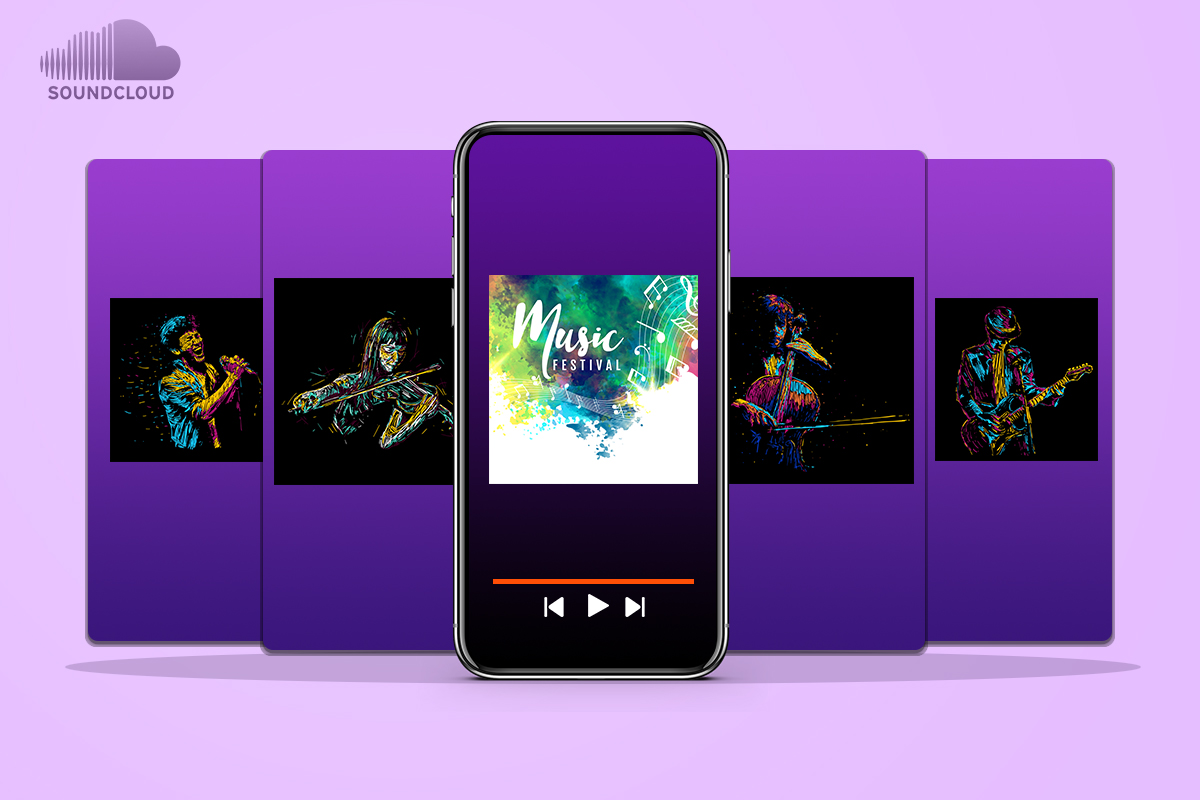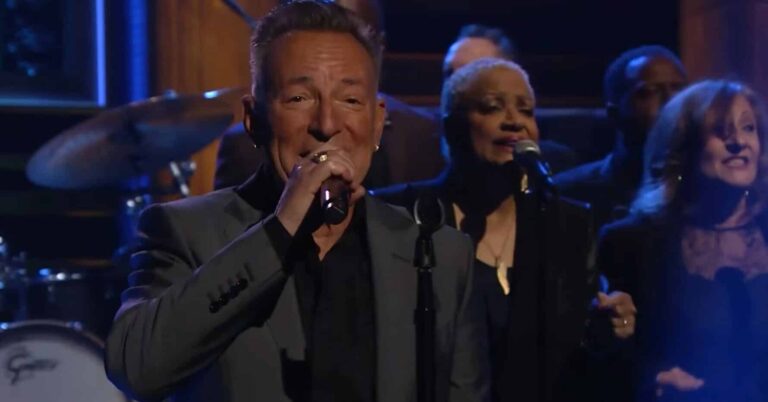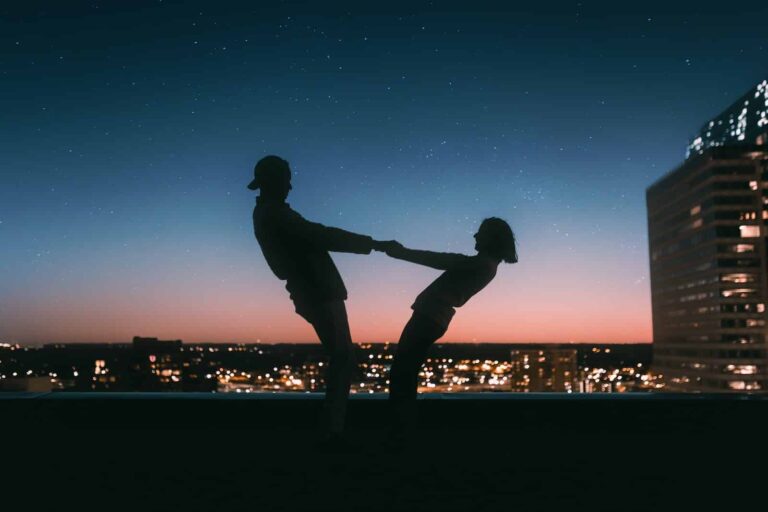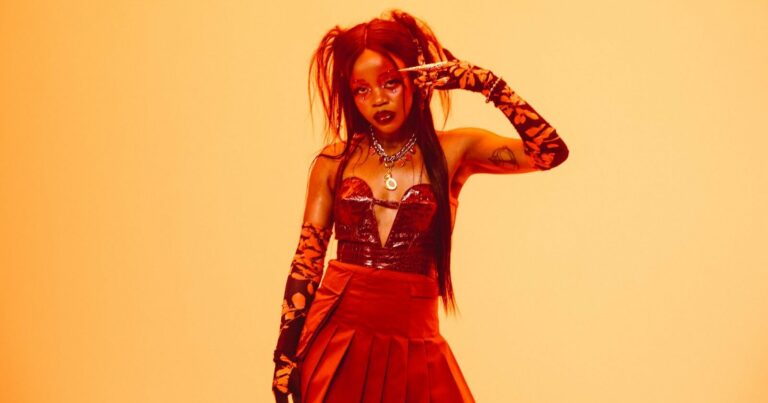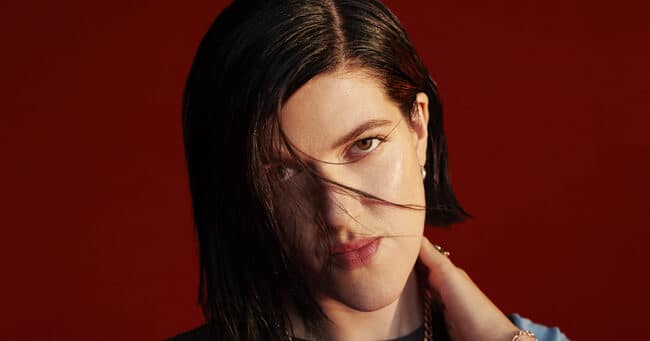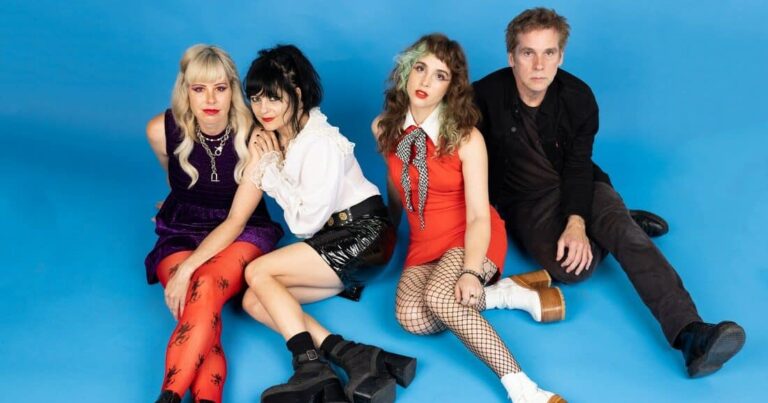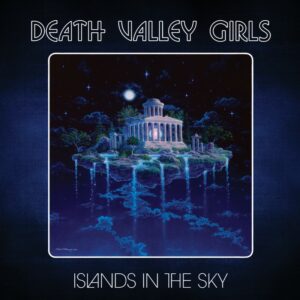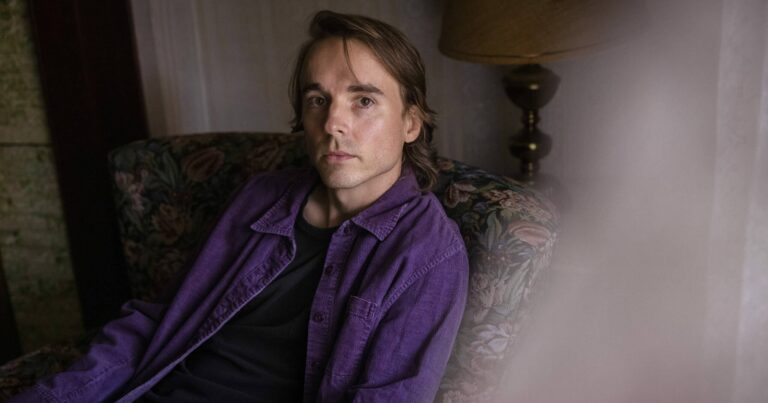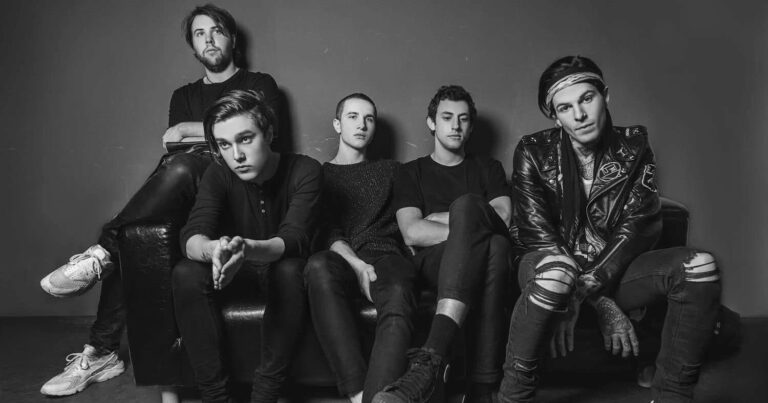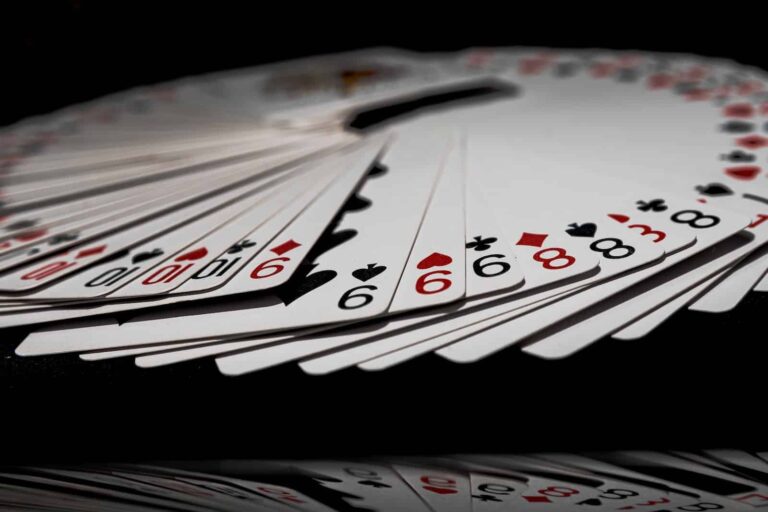SoundCloud is a leading and well-respected music platform. If you are a musician, artist, or other music industry member wanting to harness this site’s power, you must understand how to boost SoundCloud plays.
This article will teach you some excellent ways to get more plays and enhance your SoundCloud account.
8 Elite Ways to Get More Plays on SoundCloud
You can’t simply upload a track and expect everyone to listen. Indeed, it takes some effort and knowledge. Here are eight great ways to increase your SoundCloud plays.
1) Make Good Music
Although this method for boosting plays might seem obvious, it is still worth a mention. If you create high-quality music and upload it to SoundCloud, your profile will head in a positive direction. When you give listeners the best music you can, they will find it more attractive, and your plays will get a significant boost.
2) Use Relevant Tags
Including relevant or trending genre tags within your track descriptions will give listeners more chances to find your music. Consequently, you will get more plays, and your music career will be on an upward trajectory.
Of course, you should not use tags just because they are popular. Doing so could harm your profile, as the SoundCloud algorithm will use these tags to recommend your music to people searching for similar vibes. Therefore, ensure the tags you use are related to your genre.
3) Create Attractive Artwork
The first exposure potential listeners get to music is through your track or album cover artwork. Indeed, if this is sufficiently attractive, it could be the main reason why someone decides to play some of your music.
Therefore, you should use the 800*800 artwork pixel space wisely and give your audience something eye-catching. However, you should also ensure your cover images represent you or your music. If it does, you will attract the right listeners who have an interest in your music genre, subsequently boosting your plays.
4) Upload Consistently and On Time
Uploading your music consistently will demonstrate that you are active and reliable to SoundCloud listeners, ultimately boosting your credibility and reliability. Subsequently, they will understand your uploading schedule and be waiting to play your music when you upload a track.
Similarly, you should understand your audience’s active hours and include these in your content calendar. When you know the best time to post a new track, you can maximize the number of plays it receives.
5) Make Your Track Discoverable
Listeners can only hear your music if they can find it. Therefore, making your tracks easy to discover will boost plays.
Including the track name and relevant tags in the description will make it easier for potential listeners to search for your music. Also, including the correct metadata will enable the SoundCloud algorithm to accurately categorize your music, potentially getting it featured in more searches and increasing plays.
6) Partner with Influencers
As part of your marketing strategy, collaborate with influencers. Doing so allows you to tap into their audiences, increasing your SoundCloud plays.
Influencers give you opportunities to promote your music to a much wider SoundCloud community. Therefore, before you upload a track, consider reaching out to a few other artists to get your plays soaring.
7) Share it on Social Platforms
Sharing your tracks on other social media platforms, like Instagram, Facebook, Twitter, etc., is an effective way of marketing and promoting your music and increasing plays. Although SoundCloud is a leading music-sharing platform, many people still need to start using it.
Having a broader social media strategy for your tracks means you can reach this potential audience. Sharing your music on platforms such as Facebook, Instagram, Vimeo, and Tik Tok will also demonstrate your depth of appeal to your SoundCloud fans.
Also, if you have a website or blog, you should place your music front and center on these to maximize promotion opportunities. Taking advantage of these will send your SoundCloud plays skyrocketing.
8) Purchase SoundCloud Plays
Another excellent way to grow your SoundCloud plays is to buy them. Doing so gives you some incredible benefits, including the following:
- Give New Tracks a Head Start. When you upload a new track, it starts with no plays. Purchasing plays gives your new music a head start and helps it gain traction among listeners.
- Boost Organic Plays. Getting a significant number of plays early will boost your organic plays. The SoundCloud algorithm will notice this activity and recommend your tracks in user searches.
- Grab Listeners’ Attention. Buying plays on SoundCloud is an excellent tactic for grabbing listeners’ attention, leading to increased plays.
- Potential Virality. Generating a buzz from some purchased plays can send your music viral. Your track might be just a few more plays from the tipping point of virality, so you should consider buying some.
Of course, you must ensure that bought plays come from authentic users. When you buy SoundCloud plays from Media Mister, you are guaranteed they’ll be from real users.
As they are entirely genuine, your purchased plays will have the social proofing needed for success. More importantly, they will not be penalized by SoundCloud.
Media Mister has been providing outstanding social media services for more than ten years. During this time, they have developed an excellent reputation with thousands of satisfied customers.
Their SoundCloud plays will boost your music’s visibility and credibility. Therefore, you should consider purchasing them to enhance your music career.
Conclusion
Using SoundCloud is a powerful way to get your music heard. However, you must understand how to boost SoundCloud plays.
The more significant the number of plays you get, the bigger your audience will be. Hopefully, this article has given you the information you need to give your music career the momentum it needs.
